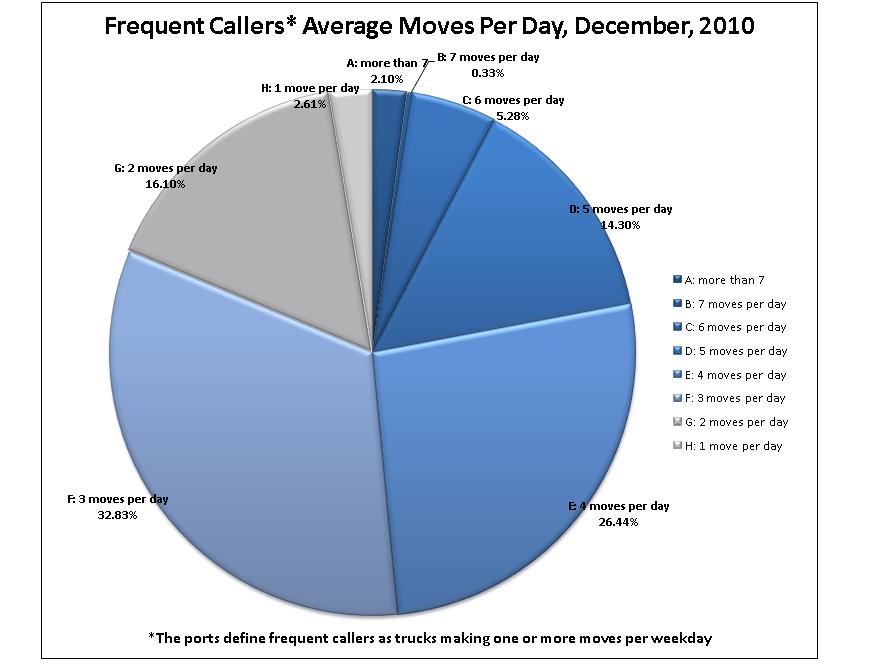We recently had the chance to catch up with Mark Milburn, General Manager Operations, Total Terminals International (TTI). We asked Mark about TTI’s mandatory appointment system, which they have used for years, as well as other recent measures they have done to handle increased cargo volumes.
Q: What have you done to handle increased traffic?
A: TTI has used flex shifts during meal hours and before the start of the OffPeak gate to process a consistent 100+ empty containers per flex shift into the terminal and to prevent long lines for truckers. Shift start-ups at TTI have been consistently absent of truckers lined up on the street.
TTI and many of the MTOs hire additional ILWU labor each shift to fill in open positions for all labor categories during the coffee break periods to ensure all yard equipment is available to continually process truckers. Increasing the labor each shift lowers overall turn times, yard and gate congestion and delays for the trucking community, and ensures delivery schedules to warehouses can be met more consistently.
Q: TTI has used a mandatory appointment system for several years. What benefit does this system provide to customers and TTI?
A: The appointment system assists in reducing gate and yard congestion by controlling the number of truckers arriving each hour at the terminal gate. This prevents the situation of trucks bunched up in the first three to four hours of a shift and then virtually no traffic in the second half of the shift.
The appointment system helps us use the full eight-hour shift to service truckers to ensure faster turn times with virtually no congestion.
Q: How does the appointment system handle mandated coffee break period and meal hour breaks?
A: All MTOs have to comply with the existing ILWU labor contract, which includes a mandatory one-hour meal break taken mid-shift and two quarter-hour coffee break periods, one before the meal hour break and one after the meal hour break.
During the meal hour shift, labor is reduced to comply with the meal break requirement. During this time, half of the labor takes an early lunch and the other half takes a late lunch. Although there is less equipment in use, truckers are still serviced in a timely manner and can meet deadlines. We accomplish this by using the appointment system to reduce the volume of trucks scheduled to arrive during the meal break.
Q: What other measures have you implemented to ensure that terminal congestion is not an issue in 2011?
A: TTI continues to tweak and modify the use of the appointment system for all import and export loads. The data collected over the years since we implemented a mandatory export and import appointment system puts TTI in a better position to order an accurate amount of labor to meet the needs for each shift. This translates into lower than normal trucker turn times at the gate and in the yard.
Q: How much would cargo volume have to grow before you would be unable to service the demand within your existing 10 shifts per week?
A: Past historical data shows TTI would be able to sustain a substantial container volume increase in 2011 and still be capable of servicing our customers in a timely manner within the 10 shifts. As in the past, additional equipment and labor would be increased to match the anticipated volume.
Q: Have you made or are you making any substantial new infrastructure investments that you can talk about? What is the intended benefit of the investment?
A: TTI recently installed radio frequency identification (RFID) readers on the main roadway coming into the terminal’s gate area (Hanjin Road, Pier T). This provides an accurate measurement of the time a truck takes to get from point “A” to point “B” just before they enter the terminal gate to be serviced (the distance measured on the street before entering the gate area at the terminal is a half mile). This new tool will provide street dwell time data to enable TTI to accurately monitor the truck volume throughout the 10 working shifts and ensure labor is available during peak traffic times to prevent congestion and idle time outside the terminal gates.


